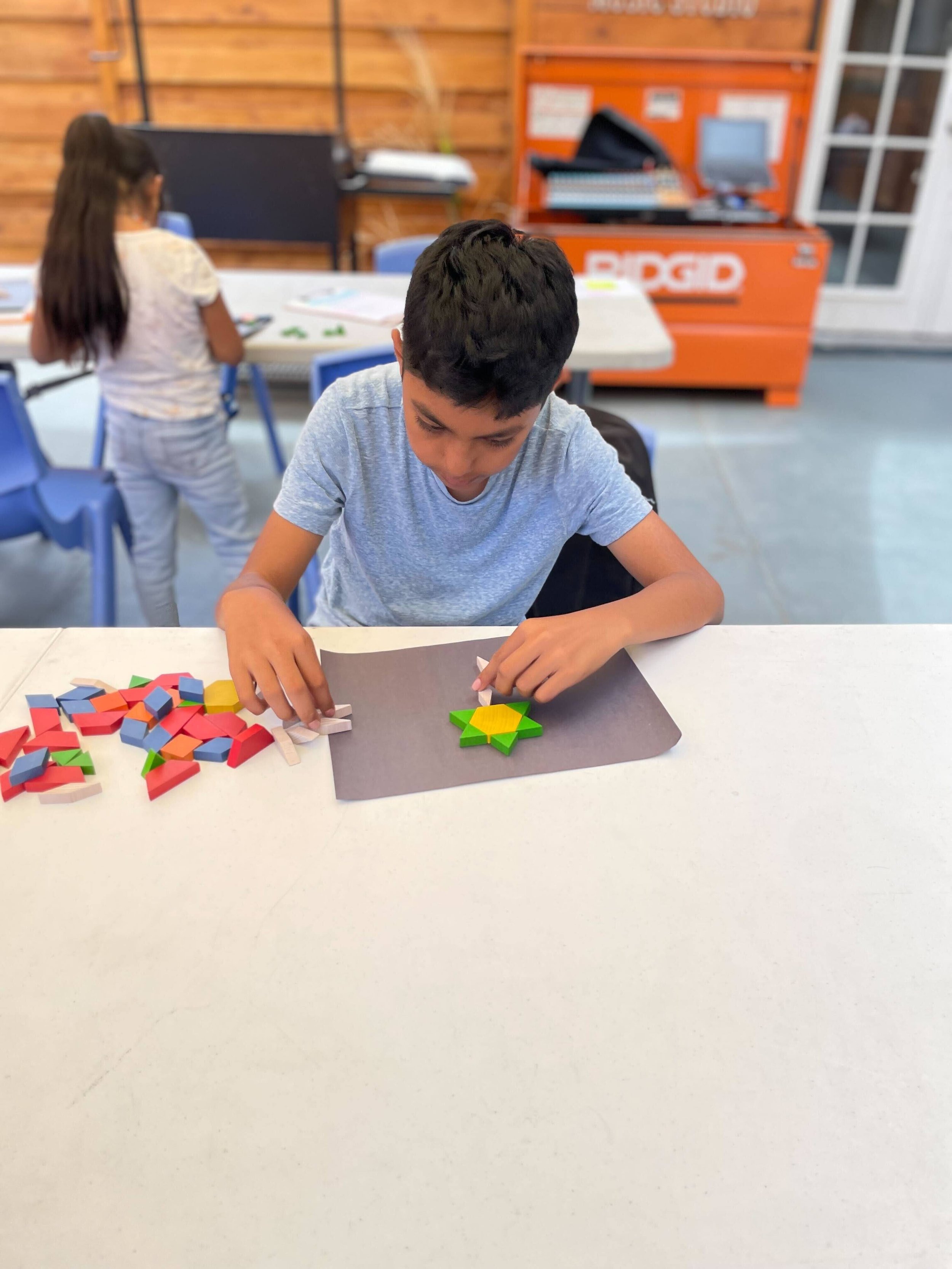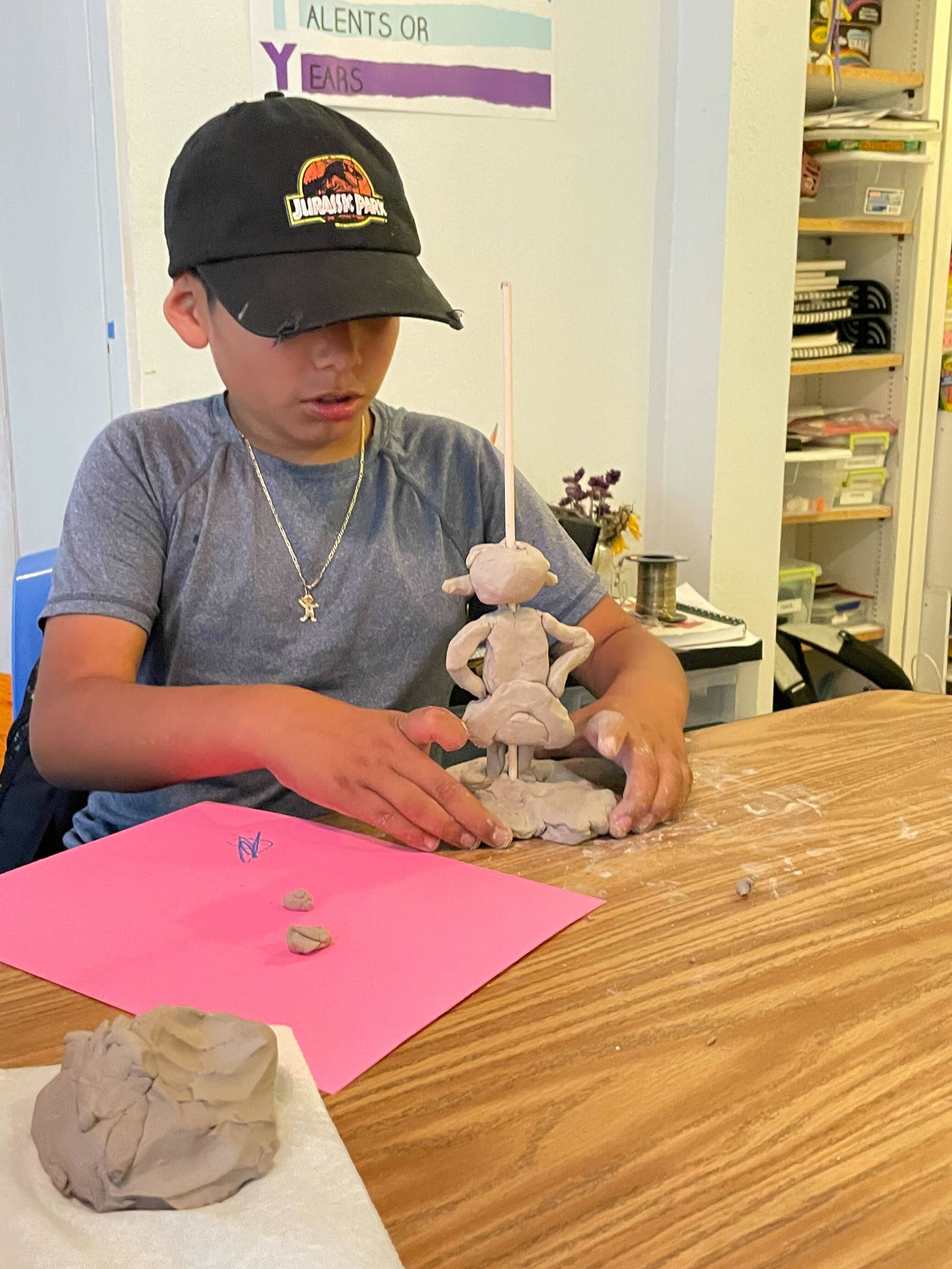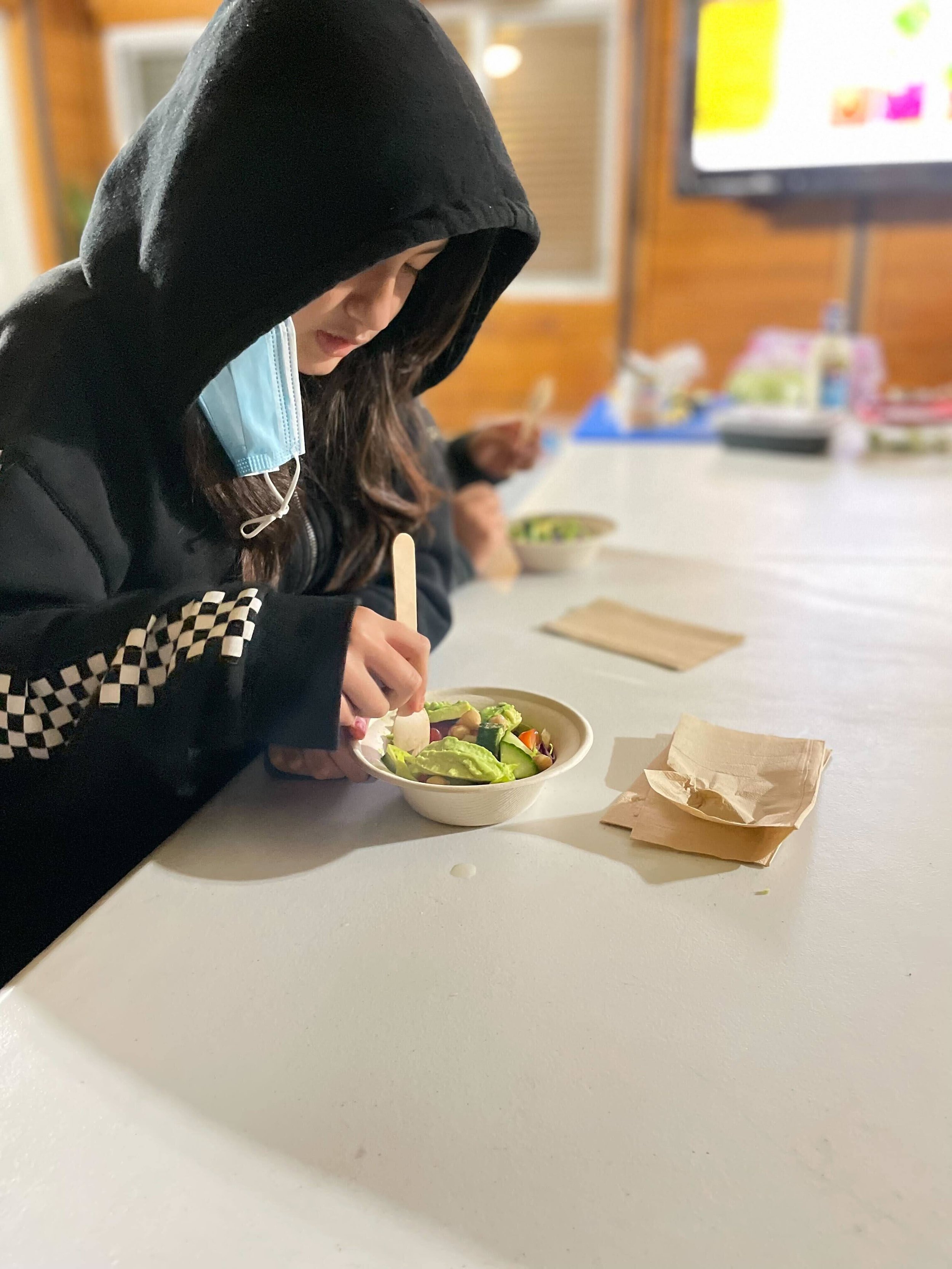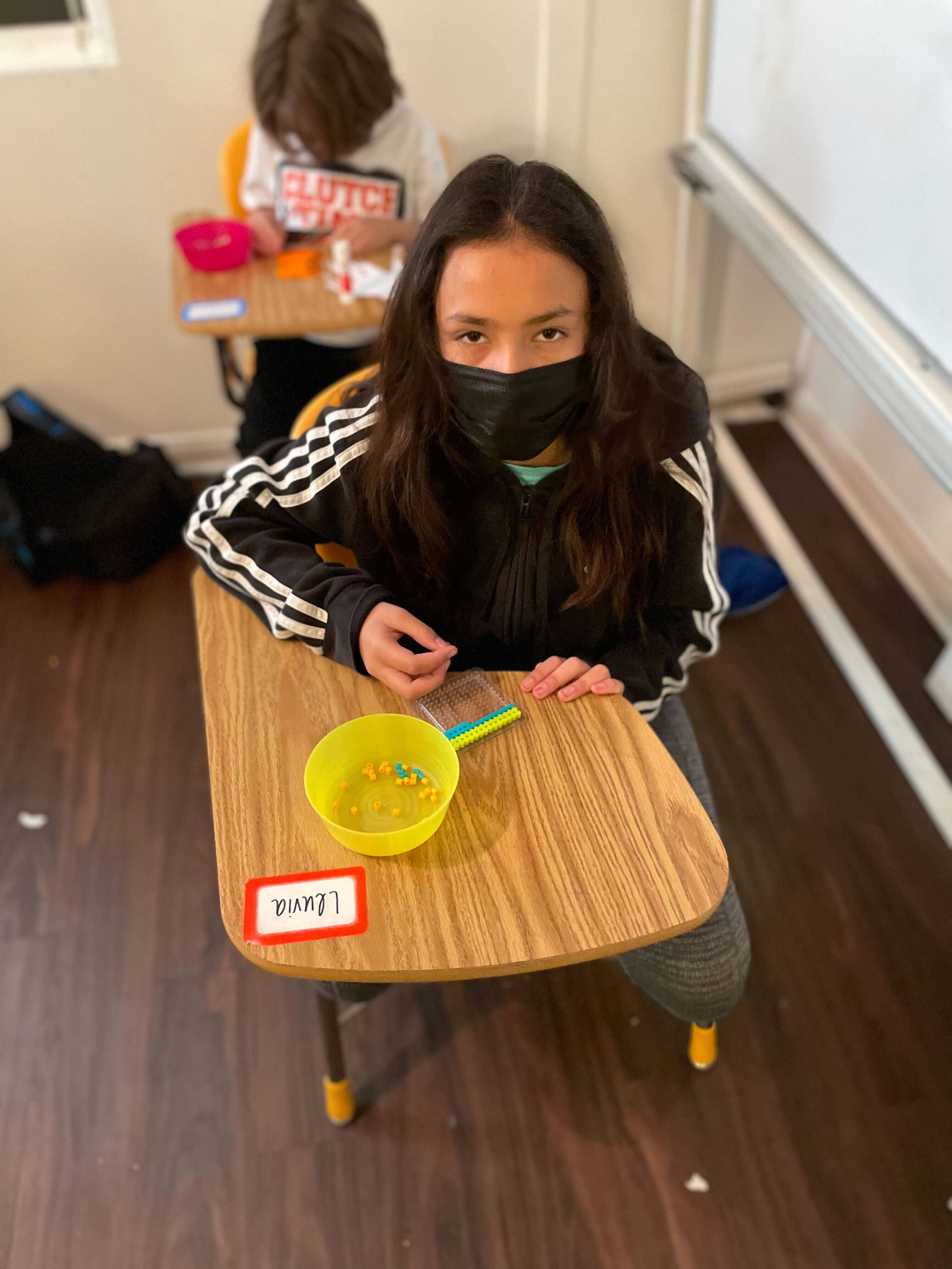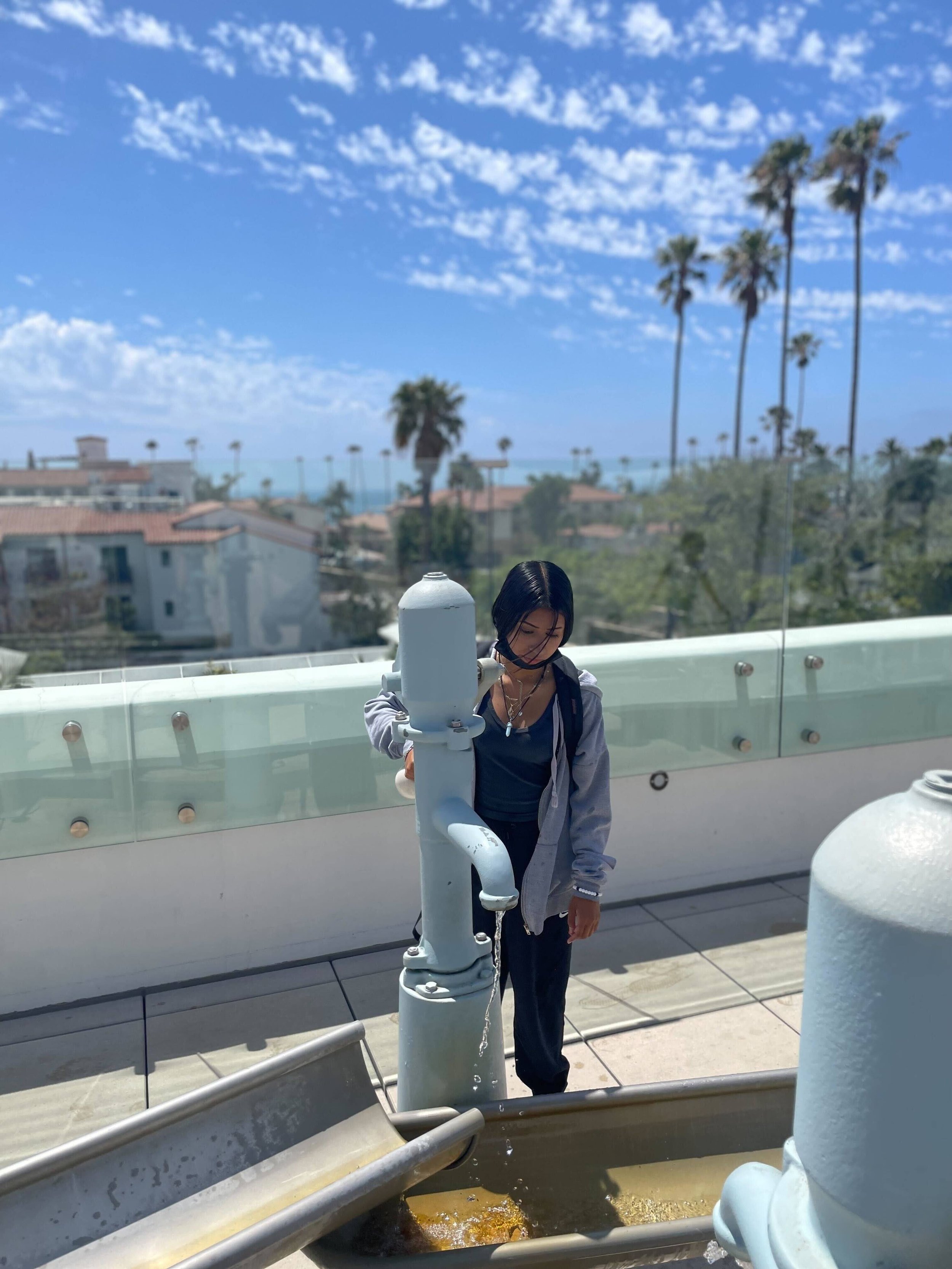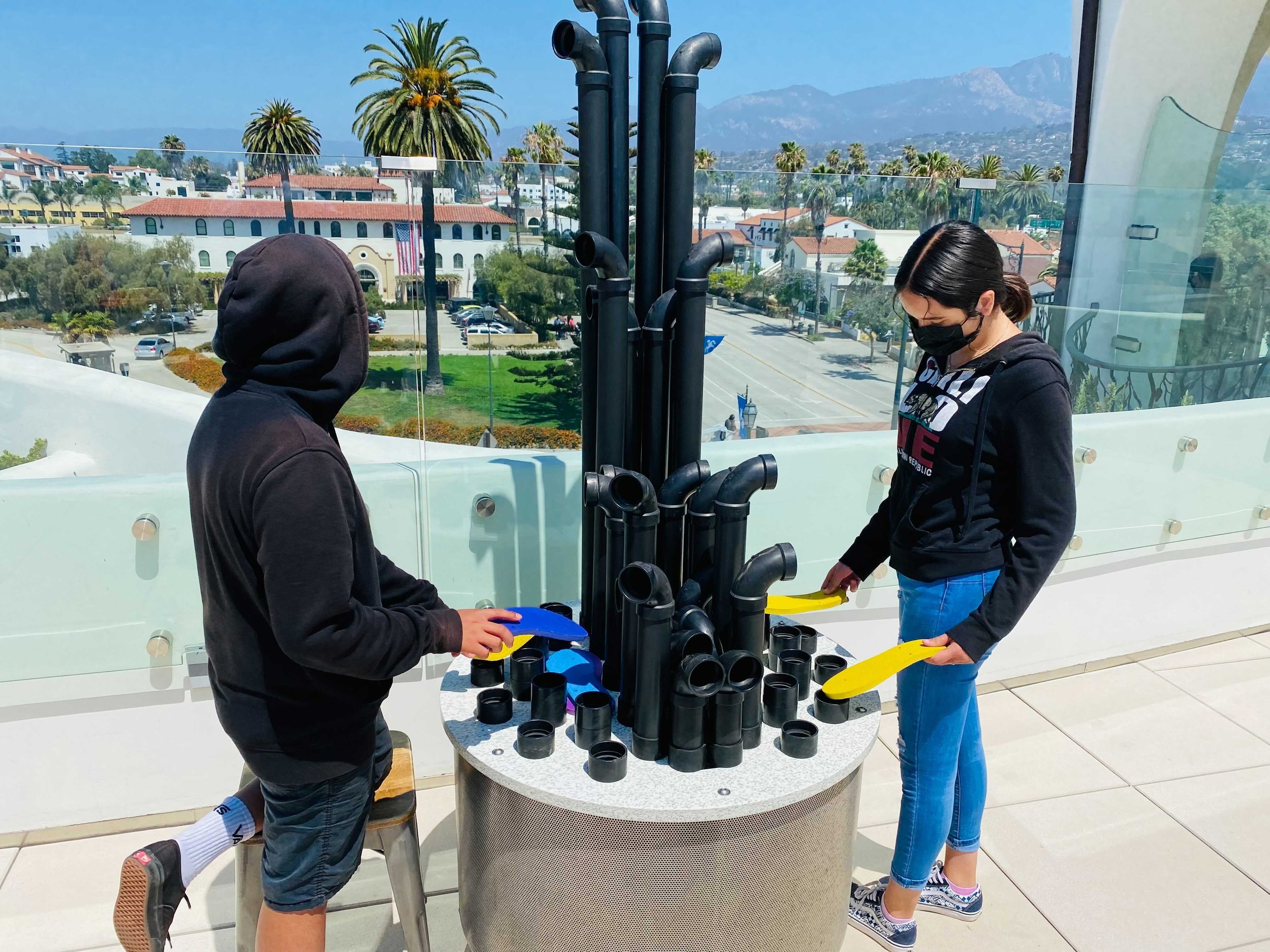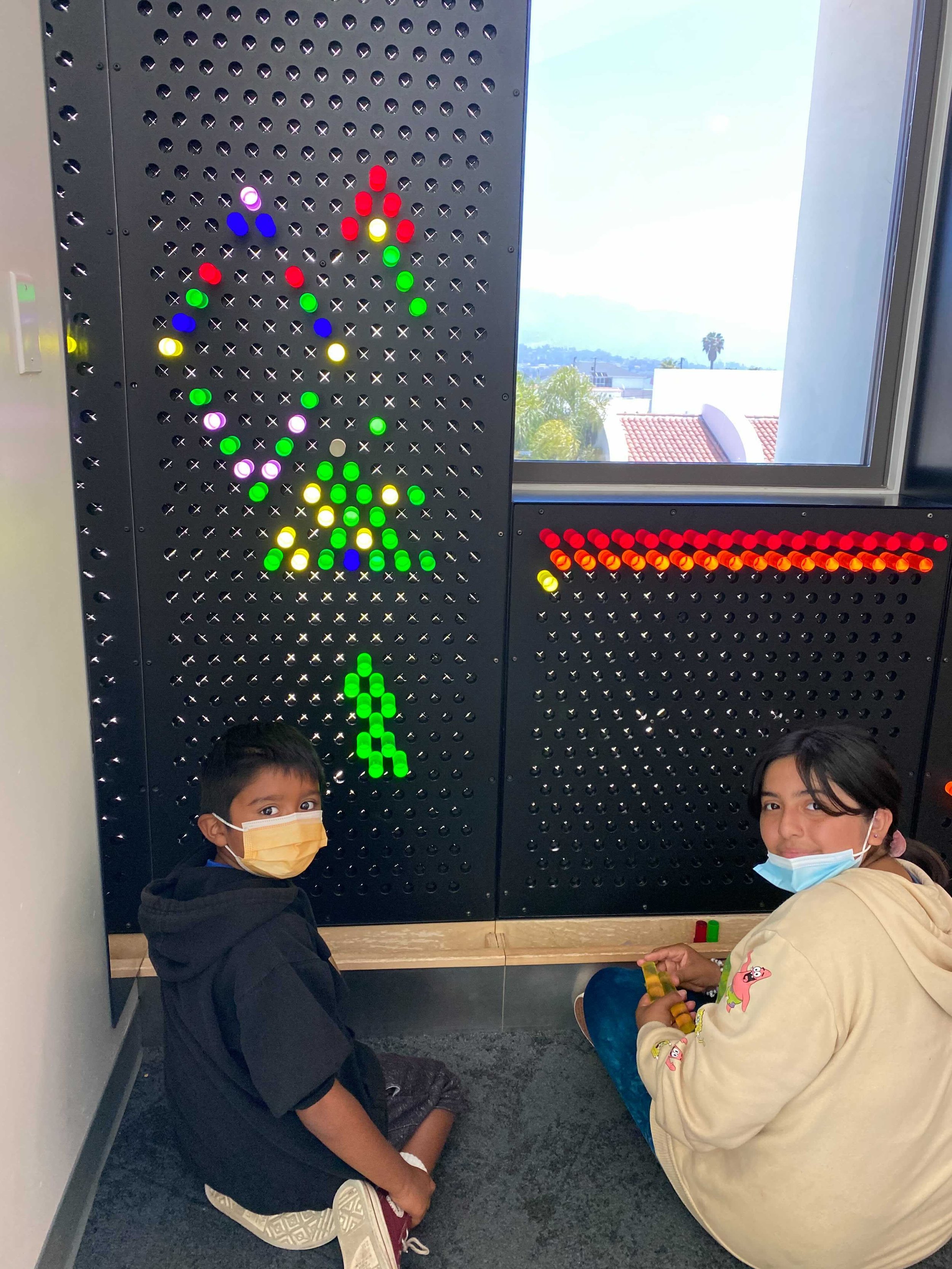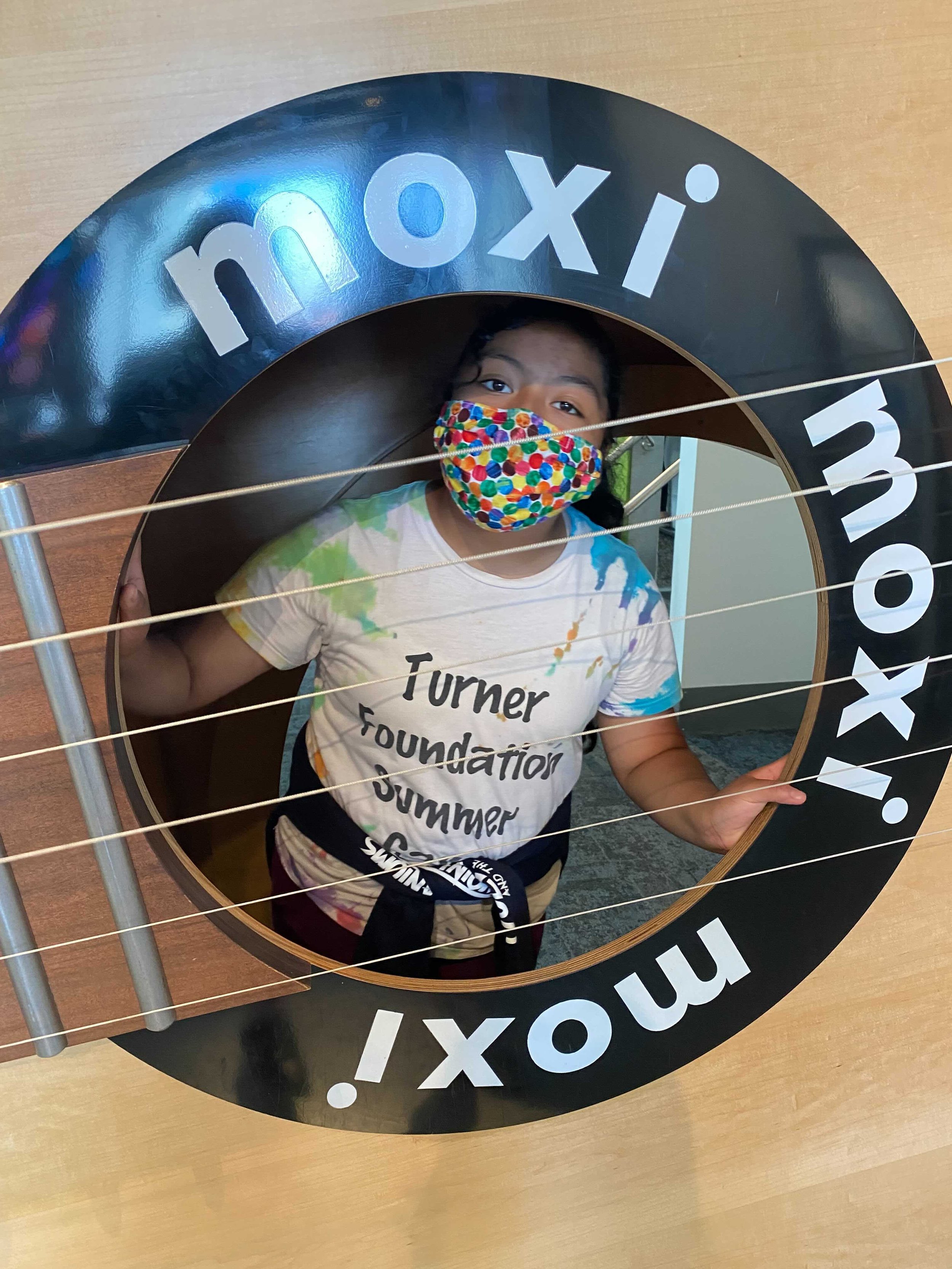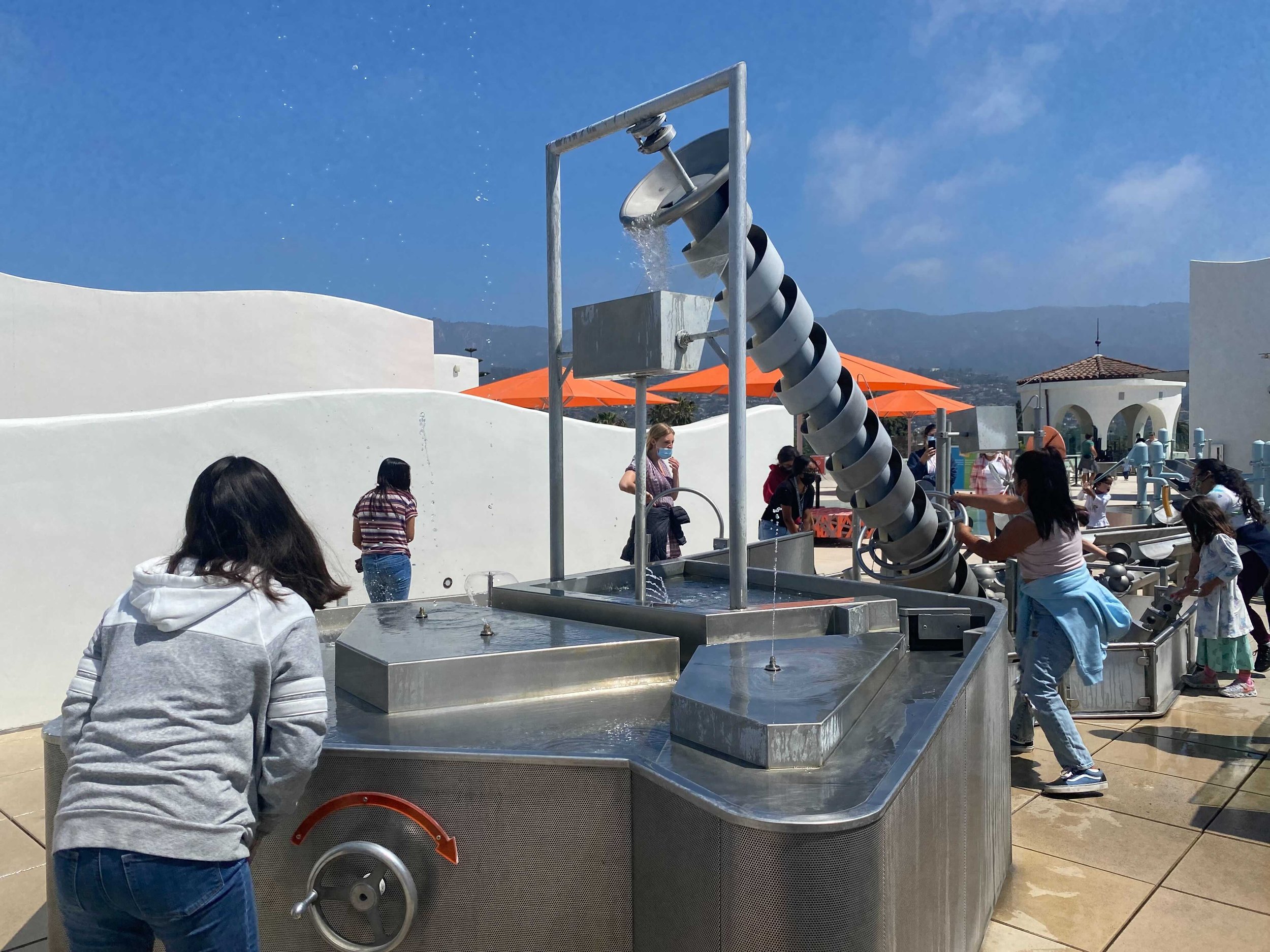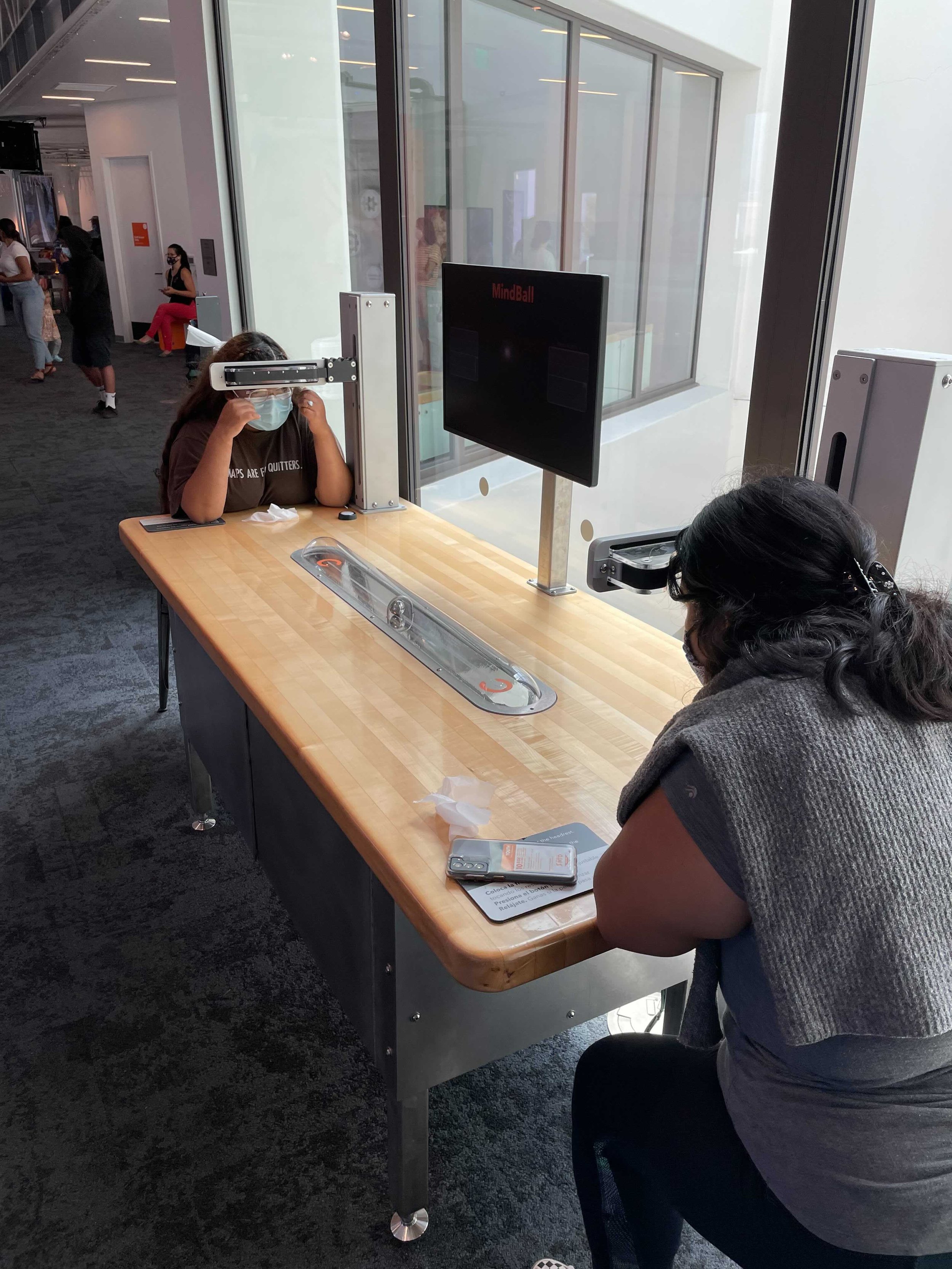Full STEAM Ahead!
Our current cultural context in the 21st century gives increasingly higher priority, respect, and admiration to the math and science fields, even inventing the acronym “STEM” to distinguish students pursuing education in the realm of science, technology, engineering, and math. Ever since the Enlightenment in the 18th century, the arts and humanities have decreased in appreciation and desirability and the sciences have only risen in esteem and recognition. Here at the Turner Foundation, we advocate for the full spectrum of appreciation and diversity in educational interest and promote the acronym, “STEAM,” or science, technology, engineering, arts, and mathematics. We believe it is important to encourage students in their pursuit or incorporation of the arts, and more broadly, of creativity of all kinds. The sciences are deeply important for the pursuit of knowledge and understanding of the world, but the arts are critical for the growth of imagination, creativity, and expression of humanity. We believe the STEAM approach is a more holistic approach to education.
There are two primary misconceptions people can fall into when thinking about the arts; firstly, that nothing important can be learned from them (i.e., art is a frivolous hobby and only a select few who are talented enough to earn a living off of it should engage in it), and secondly, that art is limited to drawing and painting. It is important to note that while these may be popular understandings, they are in fact misconceptions. Engaging in the creation of art not only hones fine motor skills, it also stimulates creative thinking, provides freedom of emotional expression and processing in a healthy manner, allows for (and often requires) risk-taking, and inspires innovation. Beyond that, definitions of art have expanded to be almost limitless, with the distinguishing factor of intention. Anything intended as art or viewed as art can be such. Art is so much more than drawing and painting (both wonderful things); it is design, creativity, beauty, emotion, and expression. Furthermore, the “arts” in STEAM does not only refer to visual arts as an autonomous field on its own, but additionally emphasizes the need for the arts to be integrated into STEM focused education, and vise versa, the arts should be informed and impacted by the sciences.
In our Community Learning Center (CLC) after-school programs, we strive to make space to honor the value of arts in education by setting aside intentional time for our students to be creative in different ways, through performing arts like music and dance lessons, the more traditional fine arts like drawing and painting, or even more unconventional activities like cooking classes! Cooking classes are actually a fantastic way of integrating the arts and sciences together; each meal requires specifically proportioned ingredients that have to be cooked at varying temperatures and speeds, which is a true science! However, any chef knows that the best food is that which is treated like an art piece: visually appealing in terms of plating (most of us eat with our eyes as much as our stomachs!), but also incredibly intentional in terms of flavor and texture combinations to produce the most enjoyable and palatable dining experience. This is true in every area of education; the arts and sciences are not complete without at least some influence from the other, and it is their intentional integration that allows for innovation in its fullest expression.

